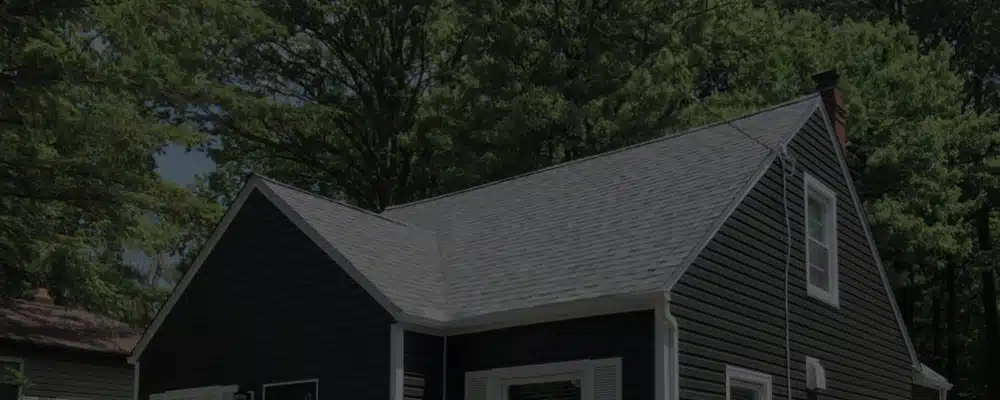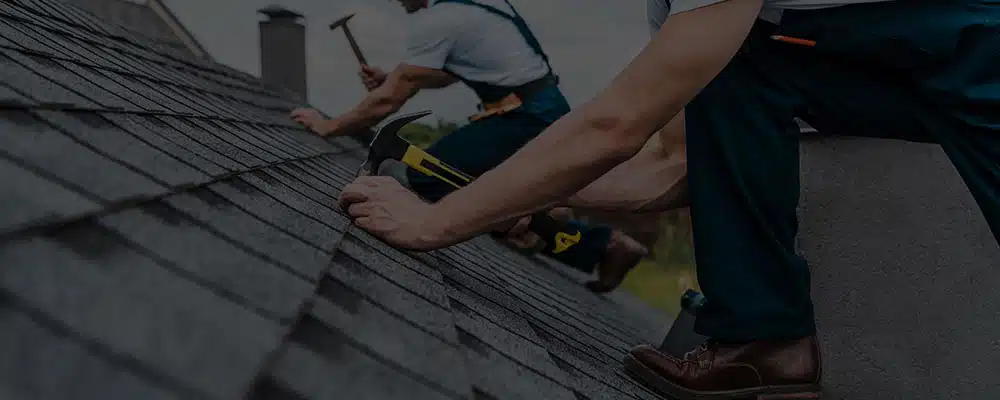A leaking roof is the most common roof problem faced by homeowners. If you’re seeing water dripping from the roof, it means the problem has been there for some time and you need to act quickly and perform roof repair to avoid further damage. To fix the leak, you will need to determine what is causing it. Here are the common causes of roof leakage.
Causes Of Roof Leakage
Plumbing Vent Boots
Boots are essential parts of plumbing vents coming out of your house and roof. They keep the area around the plumbing vent pipes waterproof so water doesn’t penetrate into the roof from anywhere around the pipes.
There are various types of boots used for waterproofing the pipes such as plastic, lead, and copper. However, if your pipe boots are made of rubber, the chances of them failing are higher so they wear out more quickly than other materials. Even if you choose any durable material for the pipe boot, it will not last the life of the roof.
Therefore, if your roof is leaking, the spot to check is the pipe boots. These boots last for 10 years at most, so if your roof is leaking and the boots are older than 7 years, consider a replacement.
Damaged Roof Vents
Roof vents made of plastic usually are cracked while metal vents commonly end up with broken seals that allow water in your house. If there are cracked or broken seams, you should replace the vents for stopping the roof leak. However, if you notice missing or pulled nails, you can replace them with rubber washer screws.
Roof Flashing
Pipe boots and roof vents use flashing to protect the weak areas from water infiltration. However, there are other parts of the roof as well where flashing is used like chimneys, skylights, and dormers, or where a vertical part meets the roof.
A flashing is galvanized steel that keeps the areas waterproof. However, it can wear due to factors like age, weather impact, temperature fluctuations, and direct impacts like tree branches falling on the roof. So, inspect the roof flashing in all the spots the roof if you’re facing a leaking roof.
- Chimney Flashing: Chimney flashing is the area where the walls of the chimney and the roof meet. Check the metal flashing for damages and corrosion because water can easily penetrate it if it’s damaged and cause the roof to leak. Mostly, the best fix is to replace the chimney flashing.
- Step Flashing: Step flashing is for walls that intersect the roof. Look for loose flashing or rust, or any other issues with the metal sheet. It’s also possible that the shingles that are on the flashing are loose or damaged letting water into the roof.
Debris In Gutters Near The Roof Valley
The area where two slopes of a roof meet is called a valley. There is flashing between them and water flows down freely. When the valley ends, there are gutters that carry that water. If these gutters are blocked with leaves and debris, water will accumulate and reach the fascia. Fascia is the vertical board that is directly underneath the roof’s overhang.
If there is no flashing on the fascia, water will penetrate the nearby part called the soffit and lead to a roof leak. This typically occurs when there is a heavy downpour. You should install flashing on the fascia of your roof and clean the gutter.
Damaged, Cracked, Or Missing Shingles
An obvious cause of roof leaks is issues related to shingles like damaged, cracked, or missing shingles. Shingles can be damaged due to age and general wear and tear or due to elements like hailstorms, wind gusts, tree branches falling on the roof, and UV exposure.
When shingles have cracks, granular loss (tiny particles on shingles), or some shingles are missing altogether, this will allow water to easily penetrate into the roof and cause leaks.
Missing shingles are easy to spot even from the ground. However, for cracks, holes, granular loss, and other damages like warps, you should get on the roof to inspect the shingles. You should replace the damaged shingles if your roof is new, but for asphalt roofs that are older than 15 years, you should consider a roof replacement. This brings us to the next cause of a leaking roof.
Old Roof
If your roof is old and past its expected lifespan, roof leaks should not be a surprise. Asphalt shingles last for 20-25 years, wood shingles for 30 years, slate roofing for 75 years, clay tile shingles for 50-100 years, metal roofing for 50-75 years, and concrete shingles last for 50 years.
To be sure that your roof requires a replacement, look for the signs like cracked shingles, curling or buckling shingles, your need to frequently repair the roof, and a lot of sediment in the gutters. Moreover, if your roof is sagging, you should not delay the roof replacement any further.
Roofing Nails Backing Out Of A Shingle
Usually, nails on shingles hold well when they hit good wood. However, if the nail is overdriven, driven sideways, or is not driven enough, it will back up in some time. This will leave a hole from where moisture can enter the roof.
Moreover, it’s also common for nails used on other components of the roof like the roof decking and the vents. Sometimes, there are missing nails that freely allow water into the roof.
The biggest reason for nails backing out is poor installation. You should not allow just any roofer to install or repair your roof. Go with companies that provide warranty and stand behind it.
Problems With Walls And Dormers
The flashing and other material waterproofing the walls and dormers can be damaged and allow water into the roof. Water can penetrate into the roof from areas around the skylights, windows, siding, and corner boards.
If you applied caulk to seal or cover some areas, you should also check them out because the caulk may have cracked. Over time caulk can diminish or even if caulk is visible on the spots, it may not be sealing the spot properly allowing water into the roof.
Moreover, missing siding leads to water leakages as well, so look for damaged siding and replace it.
Chimney Damage
The cause of your roof or ceiling leaks can be damage to the chimney instead of the roof. We have discussed that damaged chimney flashing leads to roof leakage. However, you should also inspect the entire chimney for problems as well if your roof is leaking.
With wear and tear, the bricks and mortar of the chimney can become loose. Mortar gives up first and you will notice spaces between bricks. Bricks can become loose as well if the mortar is not filled again.
With damage to the bricks and mortar, there is a passage for water to seep into the chimney and the ceiling of the house.
Conclusion
A roof leak hints at a vulnerability in your roof that must be fixed. Mostly, it’s due to flashing issues and damaged shingles, but there can be other causes as well. Hire trustworthy roofing companies Cuyahoga Falls whether you want to repair the roof or complete roof replacement.




